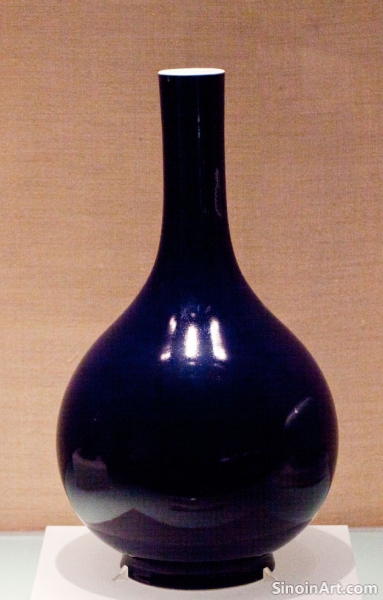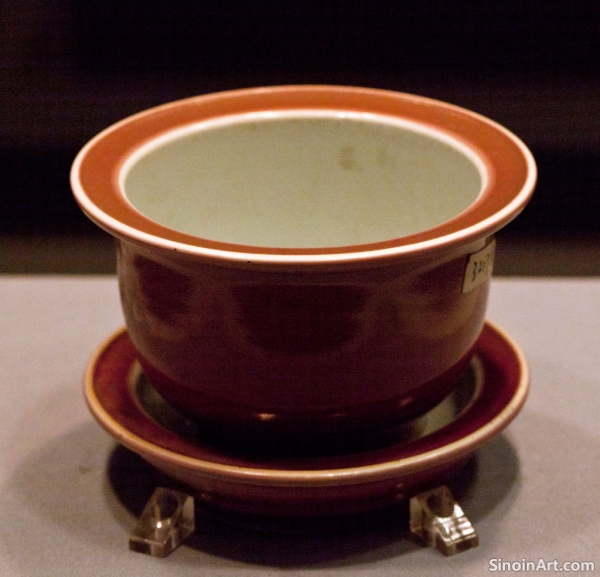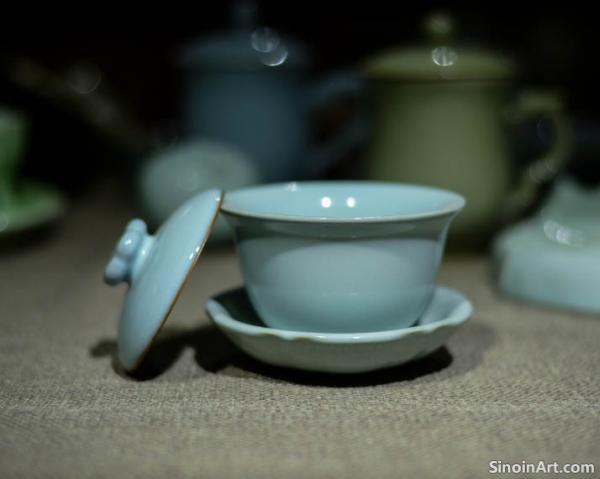The Role of Kilns in Song Ceramic Production
|
The technological advancements in kiln construction and firing techniques during the Song Dynasty were crucial to the high quality and wide variety of ceramic wares produced during the period. The use of specific kilns was essential to the production of the unique and desirable pieces that are a hallmark of the Song era.  Song kilns were often built with multiple flues and carefully designed interiors, which enabled potters to control the temperature and atmosphere within the kiln with greater precision. This careful attention to kiln design was vital to producing consistent results.  The use of refractory materials in kiln construction allowed for higher firing temperatures, which were necessary for achieving the high level of vitrification seen in Song porcelains, and this enabled potters to experiment with new clays and glazes.  The specialized kilns developed during the Song Dynasty were often located near sources of raw materials, such as clay and wood, which highlights the sophistication of the infrastructure that supported ceramic production at this time. The legacy of Song kiln technology can be seen in the continued use of similar methods by potters in later periods. The skills and knowledge developed during the Song era would have a long lasting impact on subsequent pottery traditions. |
Tag : Song kilns, Chinese pottery kilns, ancient firing techniques, ceramic production, kiln technology
Related information
- The Role of the Kilns in Song Ceramic Innovation
- The Elegance of Guan Ware and Ge Ware Crackle Glazes
- The Dark Beauty of Jian Ware Tea Bowls
- Jun Ware: A Splash of Color in the Song Dynasty
- Guan Ware: The Mystery of Imperial Ceramics
Song Dynasty kilns, such as those in Longquan, Ding, Jun, and Jian, were centers of experimentation and artistic innovation, advancing kiln technology, glaze effects, and the training of potters, leading to a diversity of high-quality ceramic styles.
Guan ware and Ge ware, both associated with the Southern Song Dynasty, are known for their distinctive crackled glazes, which were caused by the different contraction rates of the glaze and the ceramic body. These wares, which are also often referred to as “crackled ware”, exhibit a wide variety of crackle patterns, from fine “fish roe” patterns to more pronounced “ice crackle” patterns.
Jian ware tea bowls, produced in the kilns of Jianyang (modern-day Fujian province), are among the most revered ceramics of the Song Dynasty. Characterized by their dark, often black, glazes, often displaying a unique hare's fur or oil spot effect, Jian ware tea bowls were particularly prized by Zen Buddhist monks and tea connoisseurs for their aesthetic and functional qualities. The dark hues and varied patterning made them ideal for showcasing the light colour of the tea itself.
Jun ware, produced in kilns in Henan province, is distinguished by its vibrant, opalescent glazes, which range in color from sky blue to lavender, crimson, and even deep purple. Unlike the more restrained celadons and monochromes of the Song Dynasty, Jun ware is known for its dramatic splashes of color and bold, expressive forms. The vibrant colour palette makes them stand out from the more muted forms of Song Dynasty pottery.
Guan ware, rare imperial ceramics of the Southern Song, are characterized by thick, crackled glazes in shades of gray, blue, or green, understated forms, and an enduring sense of mystery surrounding their production and kilns.